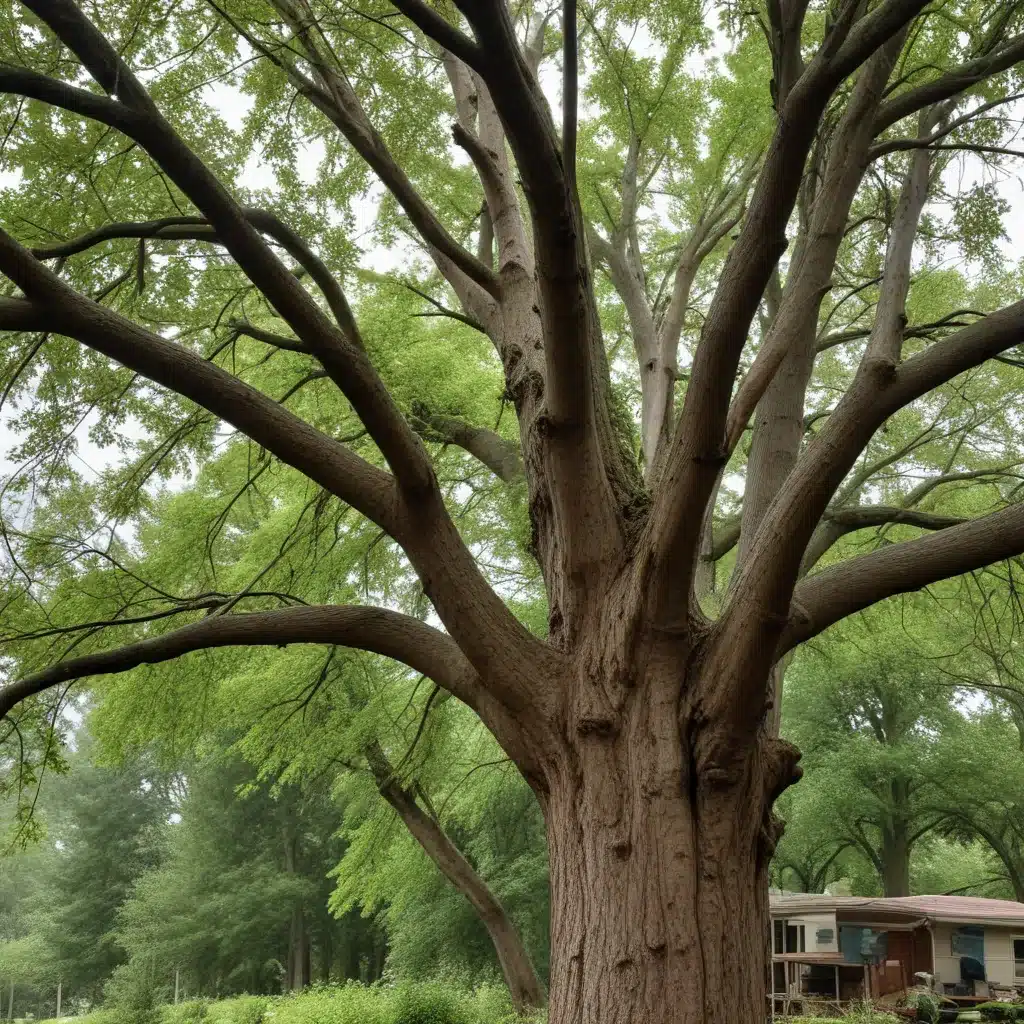
In the aftermath of a severe storm, the cleanup and restoration of damaged trees can be a challenging task for property owners. As a trusted tree care specialist at TriCounty Tree Care, I’ve compiled a comprehensive guide to assist homeowners, commercial property managers, and municipalities in effectively addressing storm-damaged trees. From assessing the extent of the damage to implementing preventive measures for future storms, this article will equip you with the knowledge and tools necessary to revive your outdoor spaces and promote the long-term health of your trees.
Storm Damage Assessment
The first crucial step in caring for trees after a storm is to assess the extent of the damage. This process is essential in determining the appropriate course of action and ensuring the safety of the tree and surrounding areas. When assessing storm-damaged trees, it’s important to carefully inspect the tree for any visible signs of damage, such as broken or hanging branches, split trunks, or uprooted roots.
Safety should be the primary concern when assessing storm-damaged trees. Wear personal protective equipment, such as gloves, goggles, and helmets, to safeguard yourself from potential hazards. Additionally, be mindful of the tree’s structural integrity, as a leaning or compromised tree may pose a risk of falling and causing further damage or injury. If the tree appears unstable or the damage is extensive, it’s recommended to seek professional assistance from certified arborists who have the expertise and specialized equipment to safely evaluate and stabilize or remove the tree.
Immediate Storm Response
Once the initial assessment has been completed, it’s time to address the immediate storm response. This may involve the removal of hanging or dangerous branches to ensure the safety of the cleanup crew and surrounding area. Proper pruning techniques play a crucial role in this process, as they allow for the selective removal of damaged or unstable branches, promoting tree stability and reducing the risk of further damage or injury.
When dealing with hanging or dangerous branches, it’s essential to assess the stability of the tree before attempting any branch removal. If the tree is deemed unstable or the branches are too high to reach safely, it may be necessary to seek professional assistance to avoid potential accidents. When removing hanging branches, it’s advisable to start from the top and work your way down, minimizing the risk of additional branches falling unexpectedly. Additionally, using proper pruning techniques, such as making clean cuts just outside the branch collar, can help promote the tree’s healing process and prevent further damage.
In some cases, tree removal may be considered if the tree is severely damaged or poses a significant risk. Consulting with a certified arborist can provide valuable insight into the best course of action, ensuring the safety of the cleanup crew and preserving the integrity of the surrounding area.
Long-Term Tree Recovery
After addressing the immediate storm response, it’s crucial to focus on the long-term recovery of the affected trees. Proper pruning is an essential step in this process, as it can help to eliminate any hazardous branches and promote the overall health and stability of the tree.
When it comes to tree pruning techniques, there are a few key points to keep in mind:
- Make clean, angled cuts just outside the branch collar: This helps to prevent further damage and promote faster healing.
- Avoid leaving large stubs or flush cuts: These can lead to decay and structural weaknesses.
- Prune during the dormant season: This minimizes stress on the tree and allows for optimal healing.
In addition to these pruning techniques, there are some important tree maintenance tips to consider after a storm:
- Assess the stability of the tree: Examine the trunk, branches, and root system for any signs of damage or instability.
- Remove dead or damaged branches: Eliminate any branches that are broken, hanging, or showing signs of decay.
- Monitor the tree’s progress: Observe the tree’s response to pruning and watch for any signs of continued decline or new damage.
By following these guidelines, you can help your trees recover from the storm and regain their strength and resilience.
Preventing Future Storm Damage
To ensure the long-term health and stability of your trees, it’s essential to consider preventive measures for future storms. One of the most important steps in storm damage prevention is emergency preparedness. This involves creating a plan that outlines how to protect trees during severe weather events, such as securing loose branches or even temporarily removing trees that are deemed high-risk.
Regular tree maintenance, including pruning dead or weak branches, is another crucial aspect of storm damage prevention. This can significantly reduce the likelihood of branch breakage and tree failure during storms. Additionally, conducting regular tree inspections by certified arborists can help identify potential issues, such as diseased or structurally compromised trees, that may be more susceptible to storm damage.
When it comes to tree selection and placement, it’s important to consider the species’ susceptibility to storm damage. Certain tree species are more prone to uprooting or branch failure during high winds, and it may be advisable to avoid planting them in areas with high wind exposure. By carefully selecting and placing your trees, you can minimize the risk of storm damage and ensure the long-term health and stability of your landscape.
By implementing these preventive measures, you can safeguard your trees and outdoor spaces against the challenges of severe weather. Remember, a little preparation goes a long way in preserving the beauty and integrity of your trees. If you need further assistance or have any questions, don’t hesitate to contact the experts at TriCounty Tree Care – we’re here to help you weather the storm and maintain a thriving, resilient landscape.


